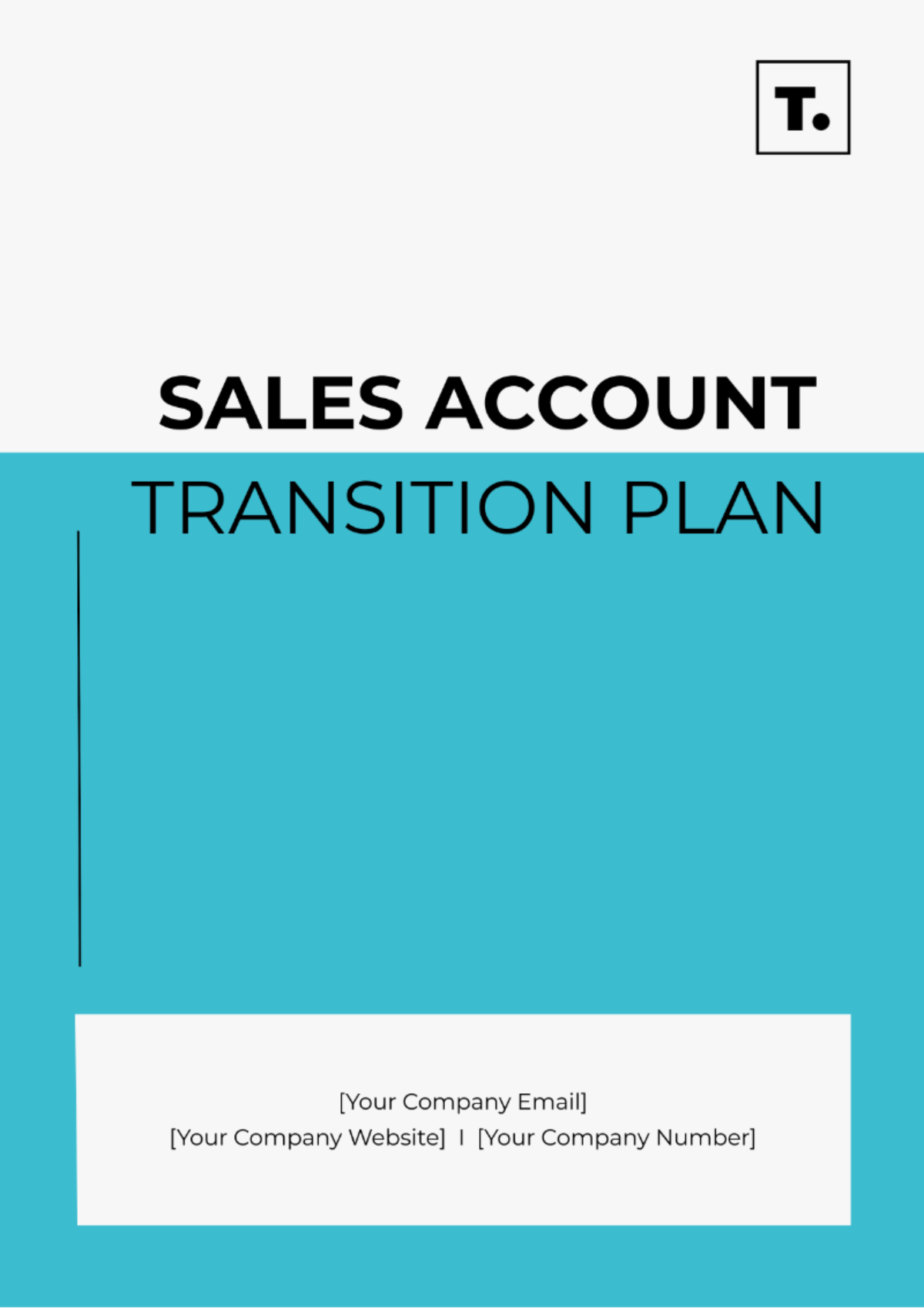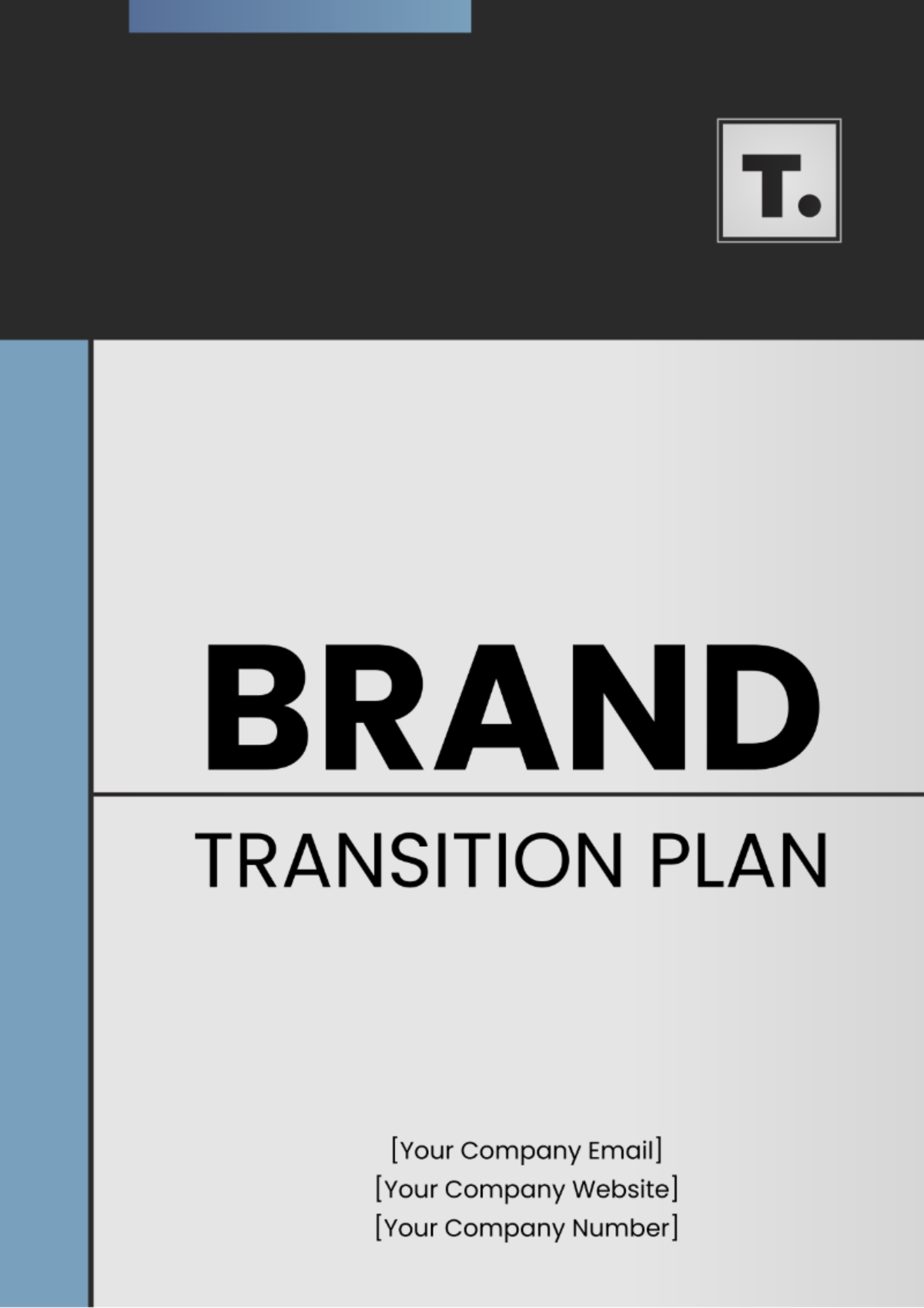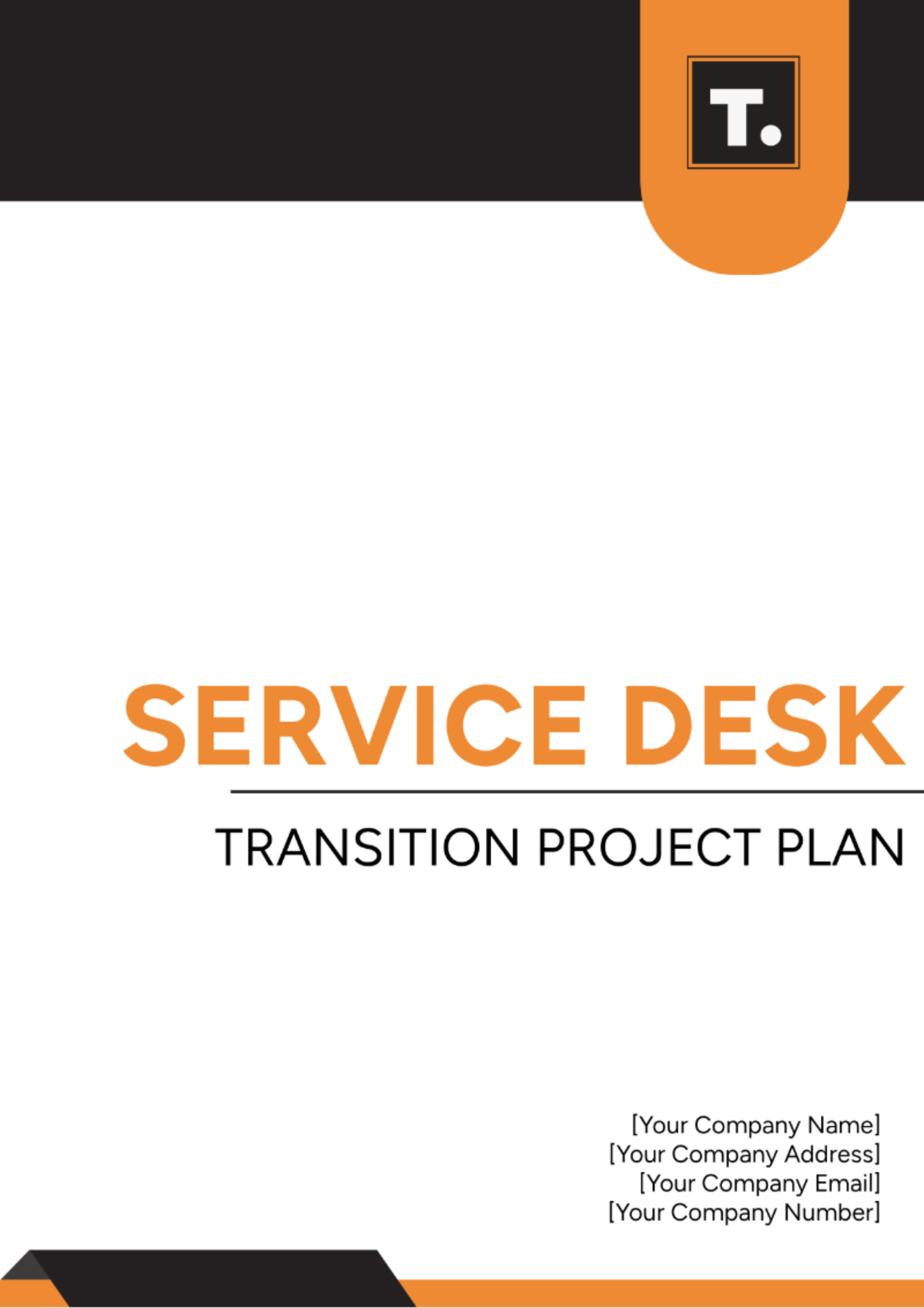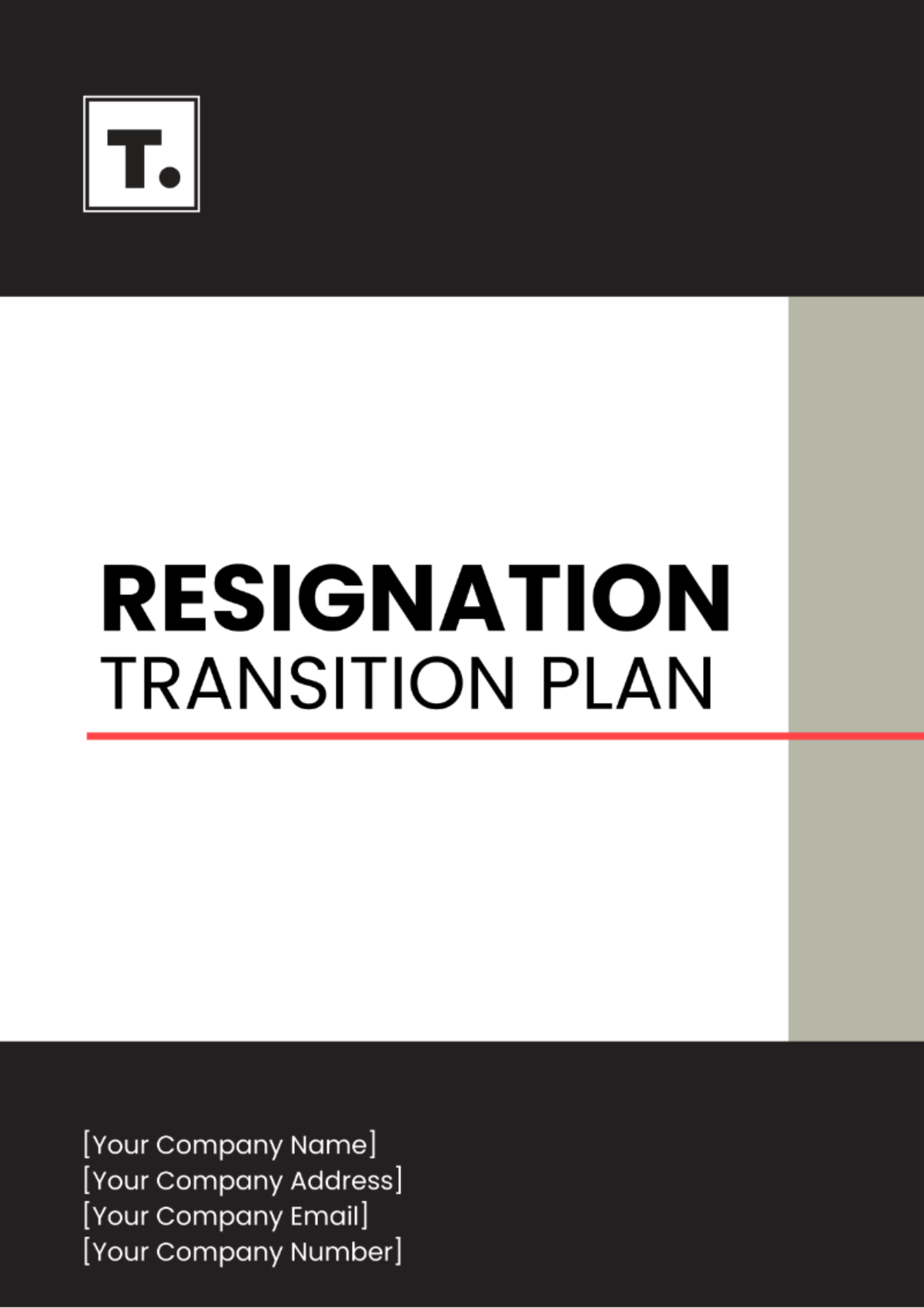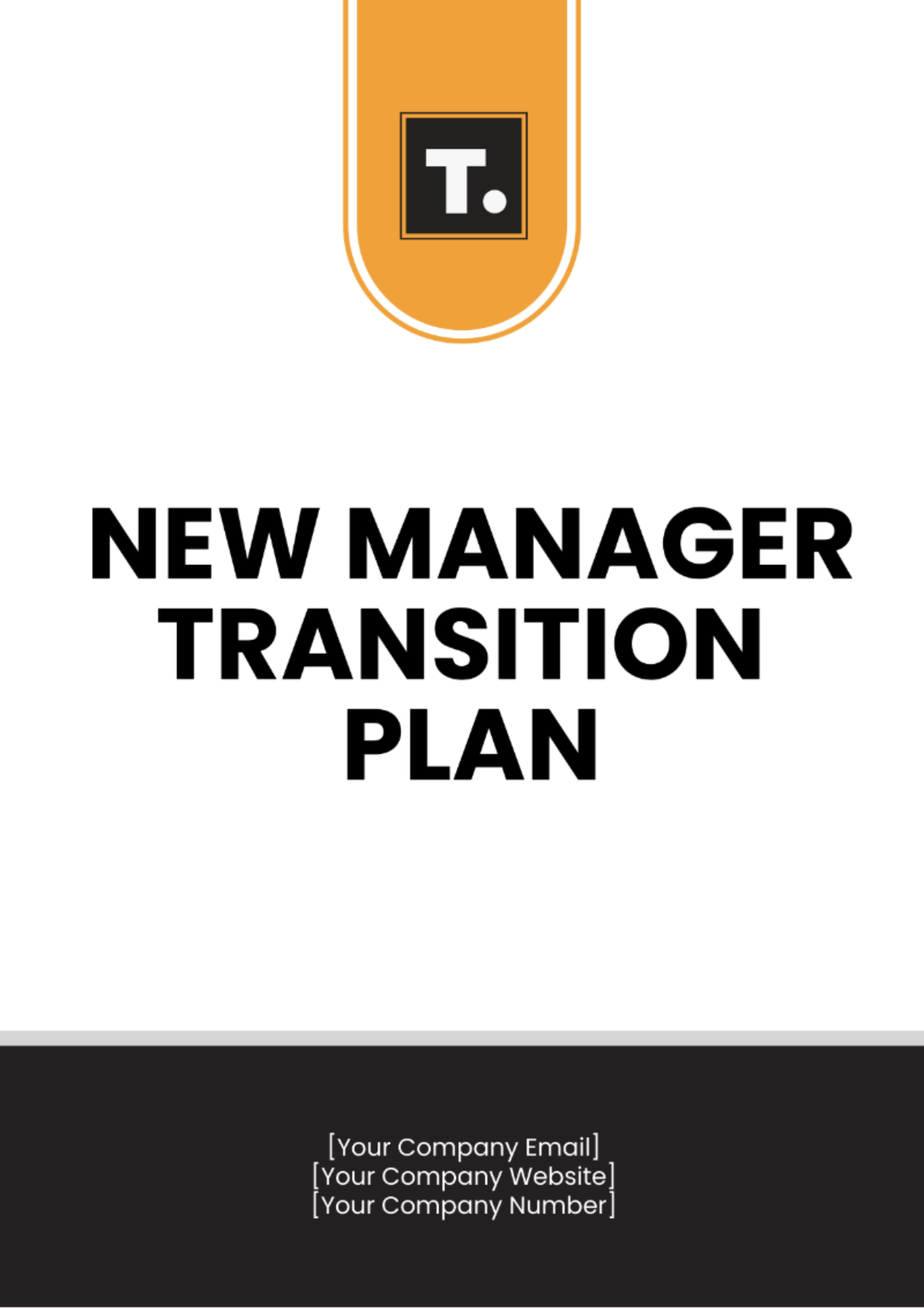Free Project Transition Plan Template
Project Transition Plan
Name : | [Your Name] |
Company Name : | [Your Company Name] |
Department : | [Your Department] |
Date : | [Current Date] |
I. Introduction
The Project Transition Plan outlines the steps and considerations for transitioning from the current Customer Relationship Management (CRM) system to a new CRM system at [Your Company Name]. The transition will be managed by [Project Manager's Name] to ensure a seamless shift with minimal disruption to operations and customer service.
II. Project Overview
A. Current Situation
Current CRM System: Legacy CRM System
Issues: Lack of scalability, limited features, difficulty in integration.
Business Impact: Inefficient customer management, loss of potential revenue.
B. New CRM System
New CRM Platform: TechCRM
Features: Advanced reporting, automation capabilities, seamless integration.
Expected Benefits: Improved customer insights, streamlined processes, enhanced productivity.
III. Transition Planning
A. Stakeholder Analysis
In conducting the stakeholder analysis for the transition to the new CRM system at [Your Company Name], it's imperative to identify and engage with key stakeholders across various departments. The Sales team, Customer Support team, IT department, and Management all play crucial roles in the transition process. Each stakeholder group will have unique requirements and concerns regarding the new system.
Defining clear roles and responsibilities for data migration, system setup, user training, and support is essential to ensure a coordinated and successful transition. Regular communication and collaboration among stakeholders will be paramount to address any challenges or issues that may arise during the transition period, fostering a sense of ownership and alignment with the project goals.
B. Communication Plan
Effective communication is fundamental to the success of any transition project. To facilitate a smooth transition to the new CRM system, [Your Company Name] will implement a comprehensive communication plan that ensures timely and transparent dissemination of information to all stakeholders. Various communication channels such as email, the company's intranet, and regular meetings will be utilized to provide updates on transition progress, training schedules, and support resources.
Clear and concise messaging will be crafted to address stakeholders' concerns, highlight the benefits of the new system, and manage expectations throughout the transition process. By maintaining open lines of communication and proactively addressing stakeholder feedback, the transition team aims to minimize resistance to change and foster a positive transition experience for all involved parties.
IV. Transition Execution
A. Rollout Plan
The rollout plan for transitioning to the new CRM system at [Your Company Name] involves a phased approach to implementation to minimize disruption and ensure a smooth transition. Each phase will focus on a specific department or functional area, starting with a pilot group before gradually expanding to the entire organization. A detailed timeline will be established, outlining key milestones and deadlines for each phase of the rollout. Additionally, dedicated resources will be allocated to provide support and assistance to users during the transition period, addressing any questions or concerns that may arise.
B. Monitoring and Feedback
Continuous monitoring and feedback collection will be essential during and after the transition to the new CRM system at [Your Company Name]. Regular check-ins will be conducted with users to assess their experience with the new system and identify any issues or challenges they may encounter. Additionally, performance metrics will be tracked to measure system performance, user adoption rates, and overall satisfaction levels. Feedback collected from users and stakeholders will be carefully reviewed and used to make any necessary adjustments or improvements to the system.
V. Post-Transition Evaluation
A. Performance Evaluation
Following the transition to the new CRM system, [Your Company Name] will conduct a comprehensive performance evaluation to assess the system's effectiveness and impact on business operations. Key performance metrics, such as system uptime, data accuracy, and user productivity, will be measured against predefined benchmarks to gauge the system's performance.
User satisfaction surveys will be distributed to gather feedback on the system's usability, functionality, and overall user experience. The results of the performance evaluation will be used to identify areas of success and areas for improvement, guiding future enhancements and optimizations to the CRM system.
B. Continuous Improvement
Continuous improvement is a core principle guiding [Your Company Name] approach to managing its CRM system. Based on the feedback and insights gathered from users and stakeholders, ongoing enhancements and optimizations will be made to the system to address evolving business needs and requirements.
This may include implementing new features and functionalities, refining existing workflows, or providing additional training and support resources to users. By embracing a culture of continuous improvement, [Your Company Name] aims to ensure that its CRM system remains aligned with the organization's goals and objectives, driving continuous innovation and growth.
VI. Approval

[Project Manager's Name]
Project Manager
[Date]










